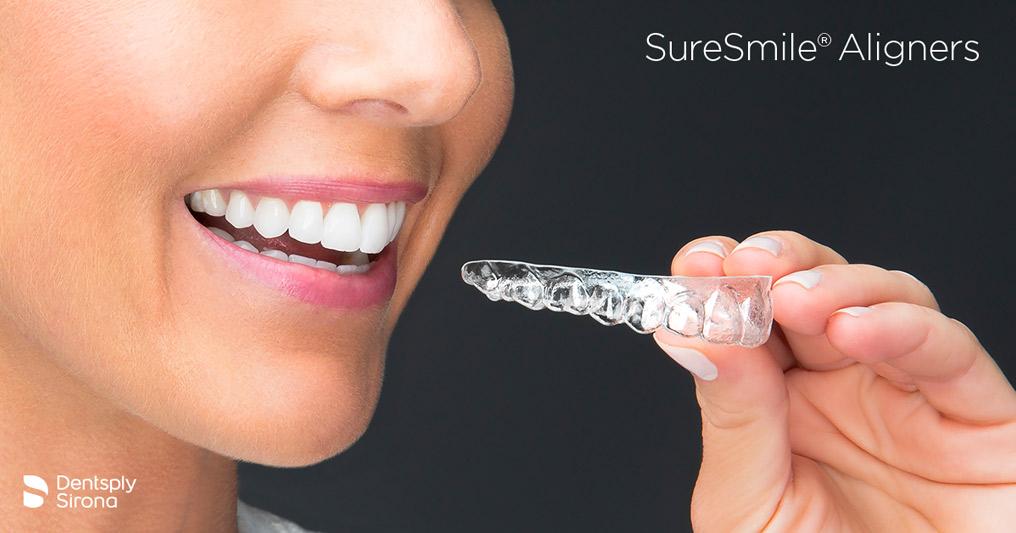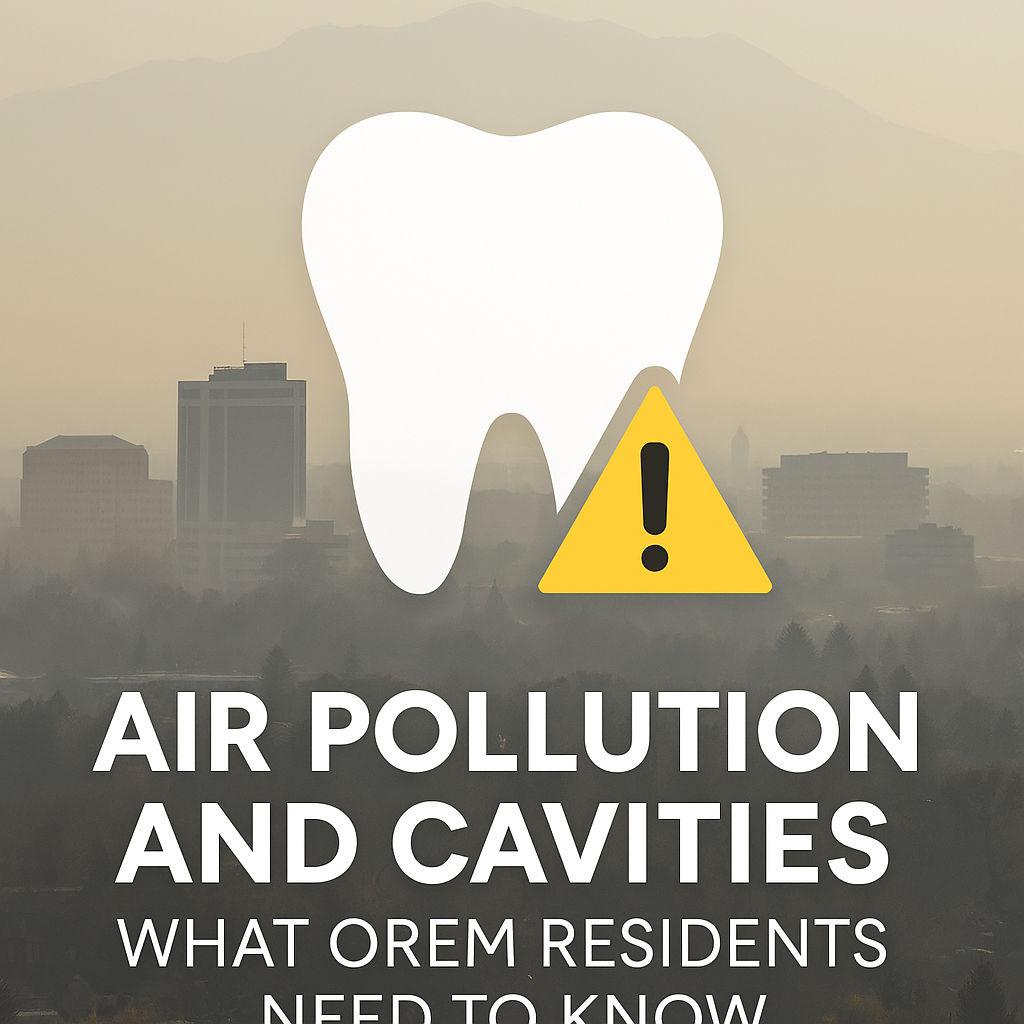Orthodontic treatment has come a long way since the days of bulky metal braces and headgear. The evolution of dental aligners has transformed the way we correct misaligned teeth, offering patients a more comfortable, discreet, and efficient way to achieve a straighter smile. In this blog post, we’ll explore the history of dental aligners, discuss the benefits of modern solutions, and explain why clear aligners have become the preferred choice for many patients.
The Early Days of Orthodontics
Orthodontics has been practiced for centuries, with evidence of early attempts to straighten teeth dating back to ancient Egypt and Greece. However, it wasn’t until the 18th century that orthodontics began to take shape as a formal discipline. In the early 1800s, dentists like Edward Angle and Pierre Fauchard started developing methods to correct dental misalignments, using devices like gold wires and early versions of braces.
The Rise of Traditional Braces
In the 20th century, traditional braces became the standard method for correcting misaligned teeth. These braces typically consisted of metal brackets bonded to the teeth and connected by wires, which applied pressure to move the teeth into alignment. Over time, traditional braces evolved to include different materials, such as ceramic brackets for a more discreet appearance, and new techniques to enhance their effectiveness.
While traditional braces were effective, they had several drawbacks. They were often uncomfortable, required frequent adjustments, and could cause irritation to the lips and cheeks. Additionally, they were highly visible, leading to self-consciousness among patients, particularly teenagers and adults.
The Emergence of Clear Aligners
The late 20th century saw the emergence of a groundbreaking innovation in orthodontics: clear aligners. In 1997, two Stanford University graduates, Zia Chishti and Kelsey Wirth, founded Align Technology, the company behind Invisalign. Their idea was to create a system of clear, removable aligners that could gradually move teeth into place without the need for metal braces.
Clear aligners quickly gained popularity due to their numerous benefits:
- Discreet Appearance: Clear aligners are virtually invisible when worn, making them a popular choice for adults and teenagers who want to straighten their teeth without drawing attention to their orthodontic treatment.
- Comfortable to Wear: Clear aligners are made from smooth, BPA-free plastic, which is more comfortable than traditional braces. They don’t cause irritation to the cheeks and lips, and they can be removed for eating and brushing.
- Convenient and Removable: Clear aligners are removable, allowing patients to eat and drink without restrictions. This flexibility makes it easier to maintain oral hygiene and reduces the risk of cavities and gum disease.
- Fewer Office Visits: Unlike traditional braces, which require frequent adjustments, clear aligners often require fewer office visits. This convenience is especially beneficial for busy individuals and families.
How Clear Aligners Work
Clear aligners work through a series of custom-made trays that gradually shift teeth into their desired positions. Here’s a general overview of the process:
- Consultation and Scanning: The process begins with a consultation with an orthodontist or dentist. They use digital scanning technology to create a 3D model of your teeth, allowing for precise planning of the treatment.
- Customized Treatment Plan: Based on the 3D model, a customized treatment plan is created, outlining the movement of each tooth and the estimated timeline for the treatment.
- Series of Aligners: The patient receives a series of clear aligners, with each set designed to make slight adjustments to the teeth’s alignment. The aligners are typically changed every one to two weeks, depending on the treatment plan.
- Regular Progress Checks: Throughout the treatment, the patient visits the orthodontist or dentist for progress checks to ensure the teeth are moving as planned.
- Completion and Retainers: Once the treatment is complete, patients are usually given retainers to maintain the new alignment and prevent the teeth from shifting back to their original positions.
The Future of Orthodontics
The evolution of dental aligners has revolutionized orthodontic treatment, providing a more comfortable, convenient, and aesthetically pleasing alternative to traditional braces. As technology continues to advance, we can expect further innovations in orthodontics, with digital scanning, 3D printing, and artificial intelligence playing increasingly significant roles in treatment planning and customization.
Clear aligners have not only changed the way we approach orthodontics but have also made the process more accessible and appealing to a broader range of patients. Whether you’re a teenager, a busy professional, or someone seeking a discreet solution for straightening your teeth, clear aligners offer a modern approach to achieving a beautiful smile.
In summary, the evolution of dental aligners has brought about a paradigm shift in orthodontics. With their discreet appearance, comfort, and convenience, clear aligners have become a popular choice for individuals seeking a straighter smile without the hassles of traditional braces. If you’re considering orthodontic treatment, consult with your dentist or orthodontist to explore the benefits of clear aligners and discover how they can help you achieve the smile you’ve always wanted.





